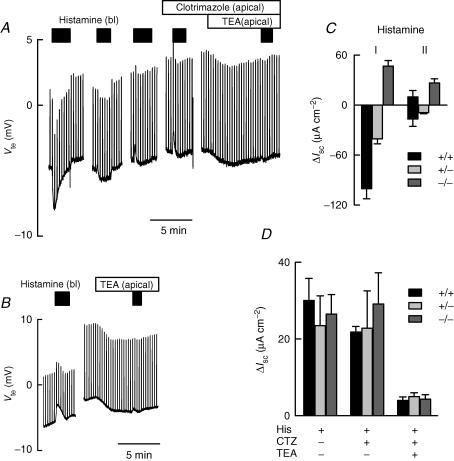Figure 5. Histamine effect on colonic ion secretion.
Tissues were initially treated with 100 μm IBMX plus 1 μm forskolin in all experiments, followed by serosal addition of 10 μm chromanol 293B as in Fig. 1. Serosal addition of histamine (150 μm) induced a transient Cl− current in the wild-type tissue. Further pulses of histamine on the same colonic preparation did not evoke a negative change in Vte. At a third pulse of histamine, a 10 mm TEA-sensitive K+ secretion is unmasked (A). Serosal histamine addition always evoked positive Vte change in the Kcnn4 null colon, which was also abolished by mucosal TEA (B). In C, a summary of evoked ΔIsc values in response to the first 2 histamine challenges on wild-type (+/+), heterozygous (+/−) and homozygous Kncc4 null (−/−) mice. Values are means ±s.e.m., n = 9 (+/+), n = 4 (+/−) and n = 7 (−/−). D shows ΔIsc for histamine-induced K+ secretion in tissues of the three different genotypes. The responses were measured successively from the third histamine application onwards, when the signal became stable. Values are means ±s.e.m., n = 6 (+/+), n = 3 (+/−) and n = 4 (−/−).

